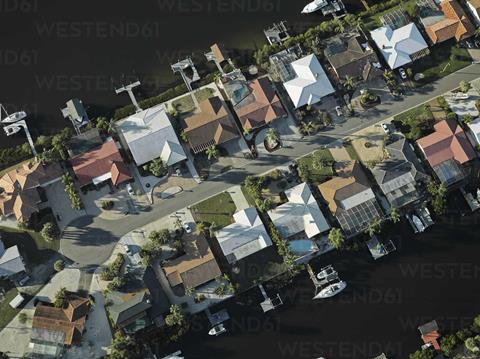It follows approval of the re/insurance broker’s US flood model last November and forms part of the firm’s broader suite of solutions for real-time loss forecasting, accumulation scenarios and climate risk assessments.
Aon has secured certification from the Florida Commission on Hurricane Loss Projection Methodology (FCHLPM) for its latest hurricane catastrophe model, enabling insurers to use the updated tool for ratemaking in the state.

The broker said the model, developed by Aon’s Impact Forecasting team, incorporates the latest research and technology to provide a more comprehensive and accurate view of Florida hurricane risk.
It follows the FCHLPM’s approval of Aon’s US flood model last November and forms part of the firm’s broader suite of solutions for real-time loss forecasting, accumulation scenarios and climate risk assessments.
David Colbus, regulatory compliance lead at Impact Forecasting, said: “This certification highlights our continued innovation in the modelling space, and our drive to gain a better understanding of natural perils. The updated Florida hurricane model is an example of a collaborative effort within our firm that has resulted in a leading solution to quantify and manage risk, ultimately helping our clients to make better business decisions.”
The model integrates the latest HURDAT2 historical hurricane records and sea-surface temperature data, and accounts for regional vulnerability, wind mitigation measures and secondary building characteristics. It features an event set that simulates wind hazards throughout the lifecycle of hurricanes, reflecting variations in storm intensity linked to ocean temperatures.
Its vulnerability component has been validated against claims data from recent hurricane seasons and factors in differences in building code requirements and compliance. Aon said the model offers insurers improved insight into loss drivers, supports risk transfer strategies and helps optimise capital while providing transparency into the assumptions and data that underpin the model.
Radovan Drinka, model development lead for U.S. hurricanes at Impact Forecasting, said: “As part of this update, we improved the underlying statistical framework in the area of claims and vulnerability, which has led to a more accurate sampling of storm losses. Meanwhile, through propriety and academic research, we bring clarity and confidence to hurricane analysis in order to help our clients reduce volatility across their portfolios and build business resilience.”










No comments yet